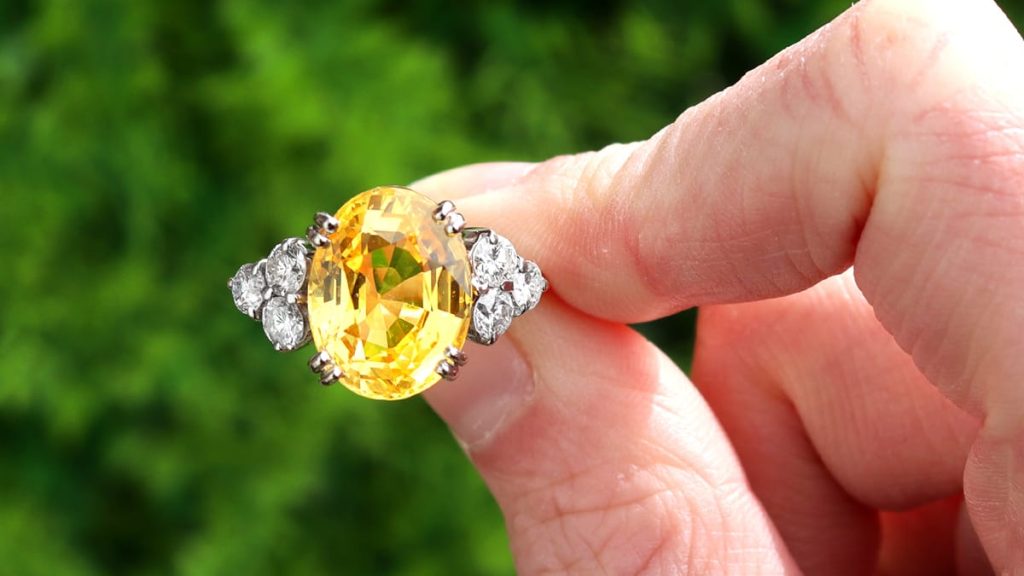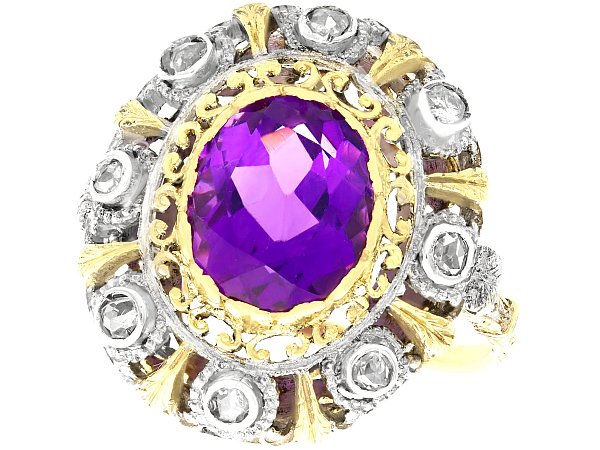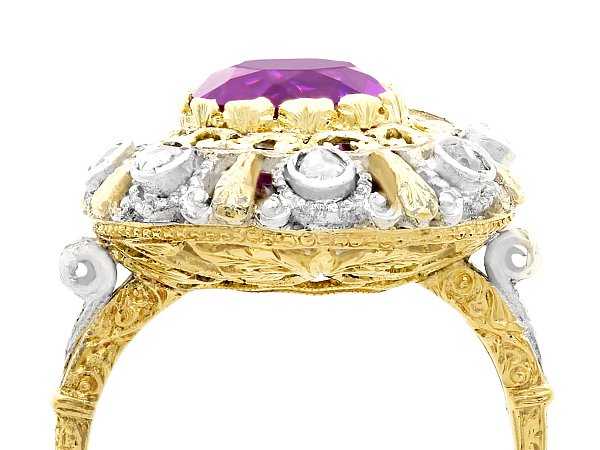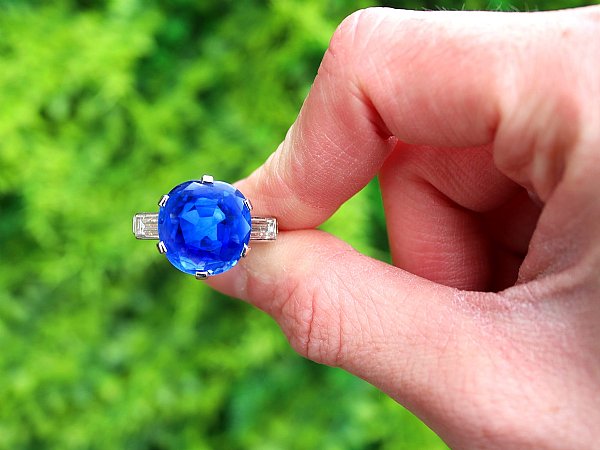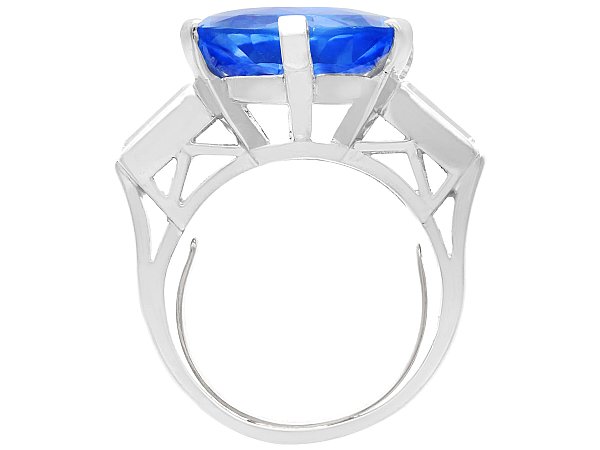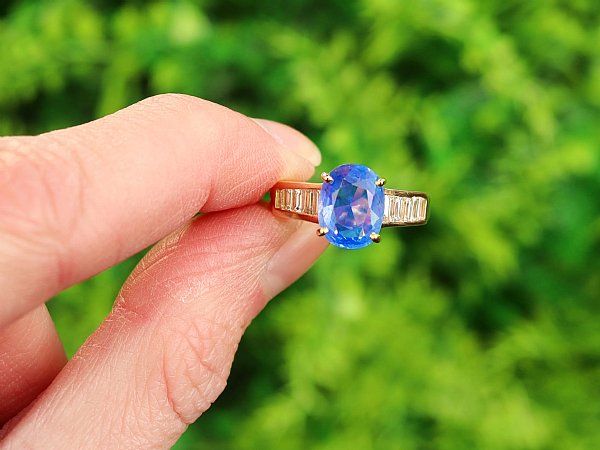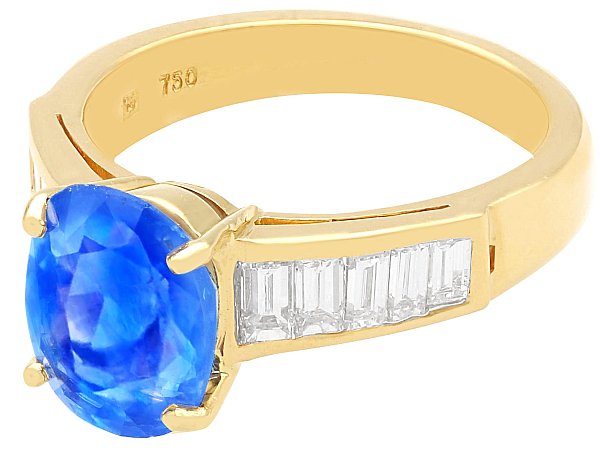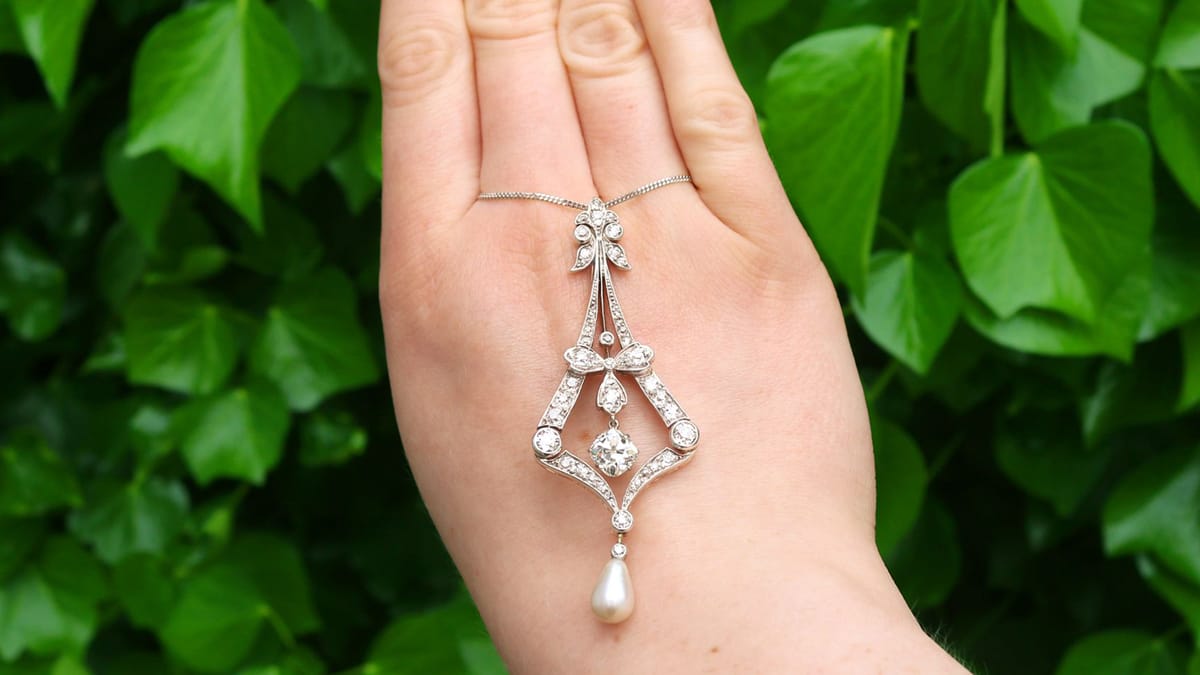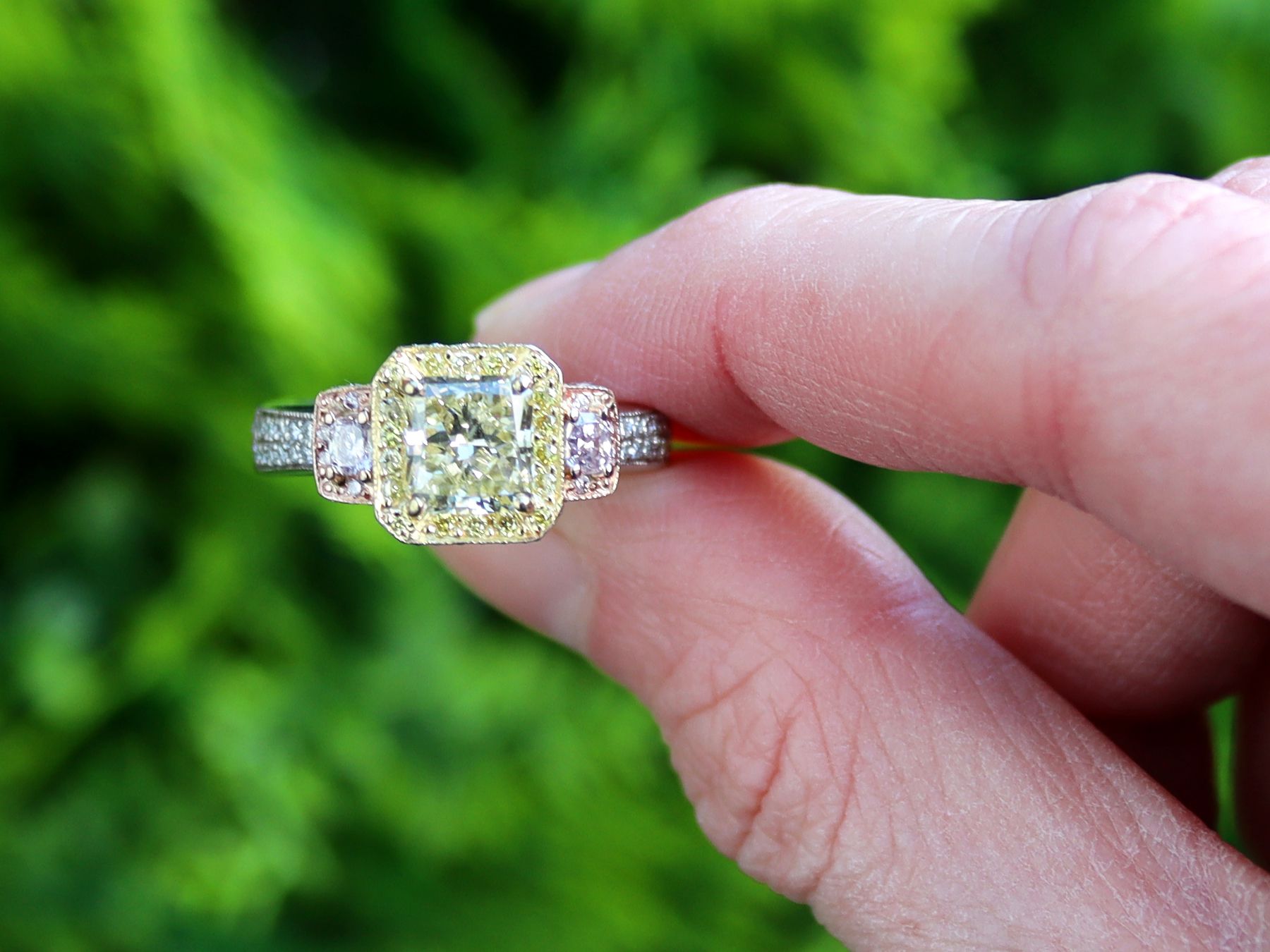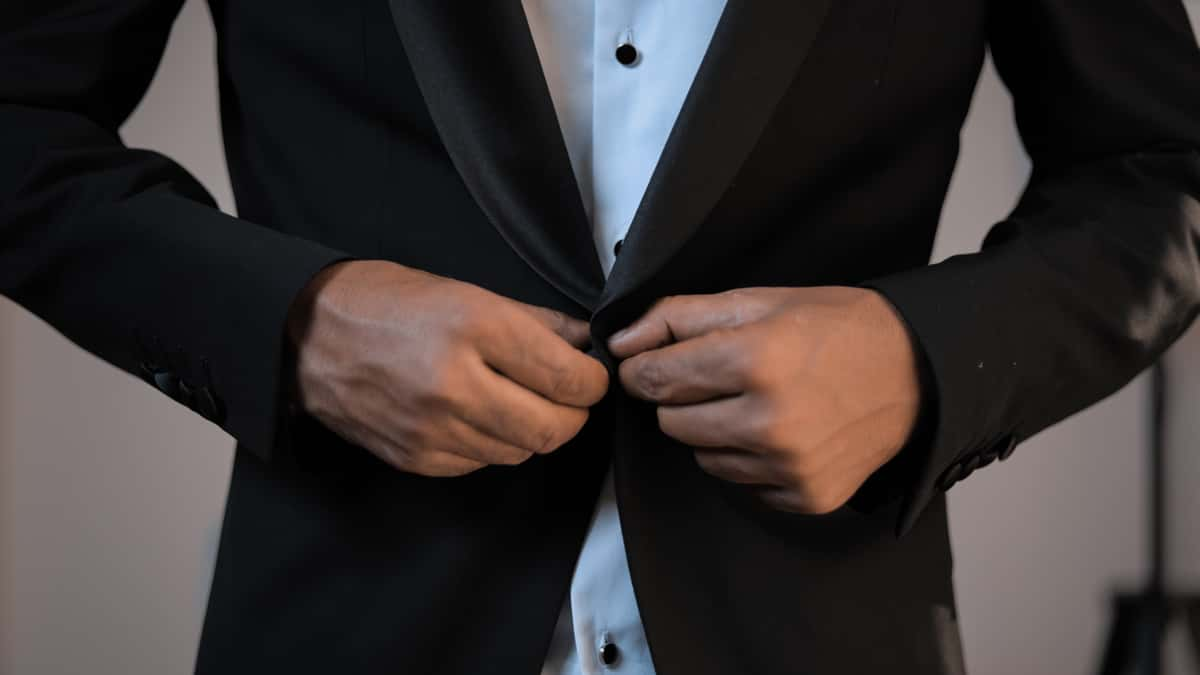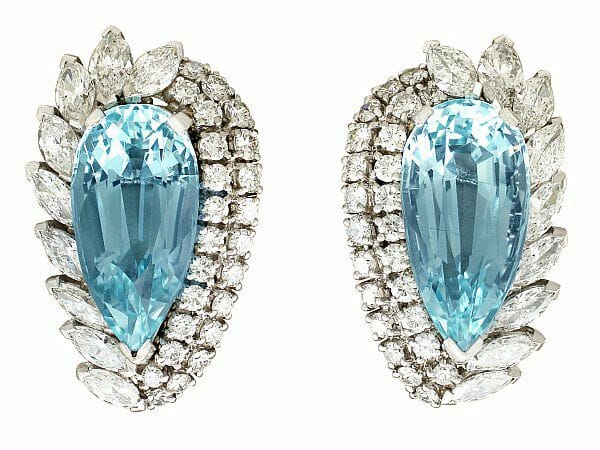In each piece of gemstone jewellery, there are metal settings involved that are essential to the jewellery’s structural integrity. If you’d like to learn more about the different kinds of gemstone settings, please read on.
What Is a Gemstone Setting?
Gemstone settings are key elements of each piece of jewellery that features gemstones. In essence, they are the pieces of metal that hold the gemstones in place. There are a lot of different methods for keeping gemstones secure, and so it is worth considering what gemstone setting you like the most, what is the most secure, and what is the most common gem setting style.
Whether you are wanting to know about gemstone settings so that you can make an informed decision when jewellery shopping, or if you are simply eager to learn more about the different aspects of jewellery, it is helpful to read up on different gemstone settings that you are likely to encounter.
Collet / Bezel Gem Settings
Among the most common gem setting styles is the collect – or bezel – setting. In the U.K, this setting is referred to usually as a collet setting, while in the U.S the term bezel is used more often. This is the name given for when a metal setting sites directly against the gemstone, as can be seen in this example.
This setting style provides elite strength, keeping the gemstones held very securely. Collet settings don’t allow as much light to enter the gemstone as other setting styles, which is the trade that’s made for the strength of the setting. Not only is the collet setting among the strongest of setting styles, it is also one of the best ways of preventing damage to a gemstone. As can be seen from the example, the gemstone is barely exposed, meaning that it is unlikely that it will be scratched or caught through day-to-day wear.
Prong / Claw Settings
Perhaps the most popular setting style in all gemstone jewellery is the claw setting, referred to in America as the prong setting. In this setting, slim metal claws extend from the main shank of the ring and hold the gemstone in place, curving around the rim of the gemstone just enough to hold it secure.
The biggest benefit of this style is that it allows the gemstone to sit proud from the shank of the ring. Lots of light enters the gem this way, creating more sparkle and shine than can usually be found jewellery pieces with collet settings. Items of jewellery with claw settings need to be checked on a regular basis if the jewellery is worn frequently – the claws can get caught and sometimes pulled out of place or broken altogether. If not checked, this can lead to damages or even losses to the gemstone itself.
Channel Settings
As evidenced by the example, the channel setting style is most commonly found in eternity rings and half eternity rings. Usually, outside of eternity ring usage, the channel setting is reserved for accenting stones. The biggest benefit to the channel setting style is that it is exceptionally secure. In this setting, two rows of metal hold a row of gemstones in place.
Another benefit of this style is that the gemstones are kept away from any potential dangers. The setting metal sits slightly over the top of the stones, meaning they are somewhat recessed in the jewellery piece. This prevents any scratches, chips, or other damage from happening to the gemstones involved in the jewellery. This is not one of the more common gemstone setting styles, as it relies on using a fair amount of metal in order to be done correctly. In most jewellery pieces made today, light entering the stone is more highly valued than a lot of metal featuring in the item.
Pavé Settings
The name ‘pavé’ comes from the French for paving, as in to pave a path or road. This is the given name for this setting style because the final effect of the jewellery piece is something that appears to be littered with gemstones. The diamond example given here perfectly exemplifies the popularity of this setting style; the glittering effect created by fitting as many diamonds as possible onto a piece of jewellery cannot be undervalued.
The pavé setting is among the most difficult to craft, very small holes are drilled into the metal of the jewellery piece, being filled by stones and then secured in place using miniscule claws. When done properly by master craftsmen, the effect created by a pavé setting is one of elite sparkle. This is a popular setting style for supporting gemstones, where smaller gemstones are used to accent a singular large stone. Sometimes, however, pieces of jewellery are created where the entire piece is covered with pavé gemstones, usually uniform in size, to create an ‘encrusted’ effect.
These setting styles are among the most common you are likely to find when exploring vintage and antique jewellery, as well as newly-made jewellery pieces. Now that you have the information you need, you can go forward armed with knowledge and insight that will help you understand your jewellery better.

